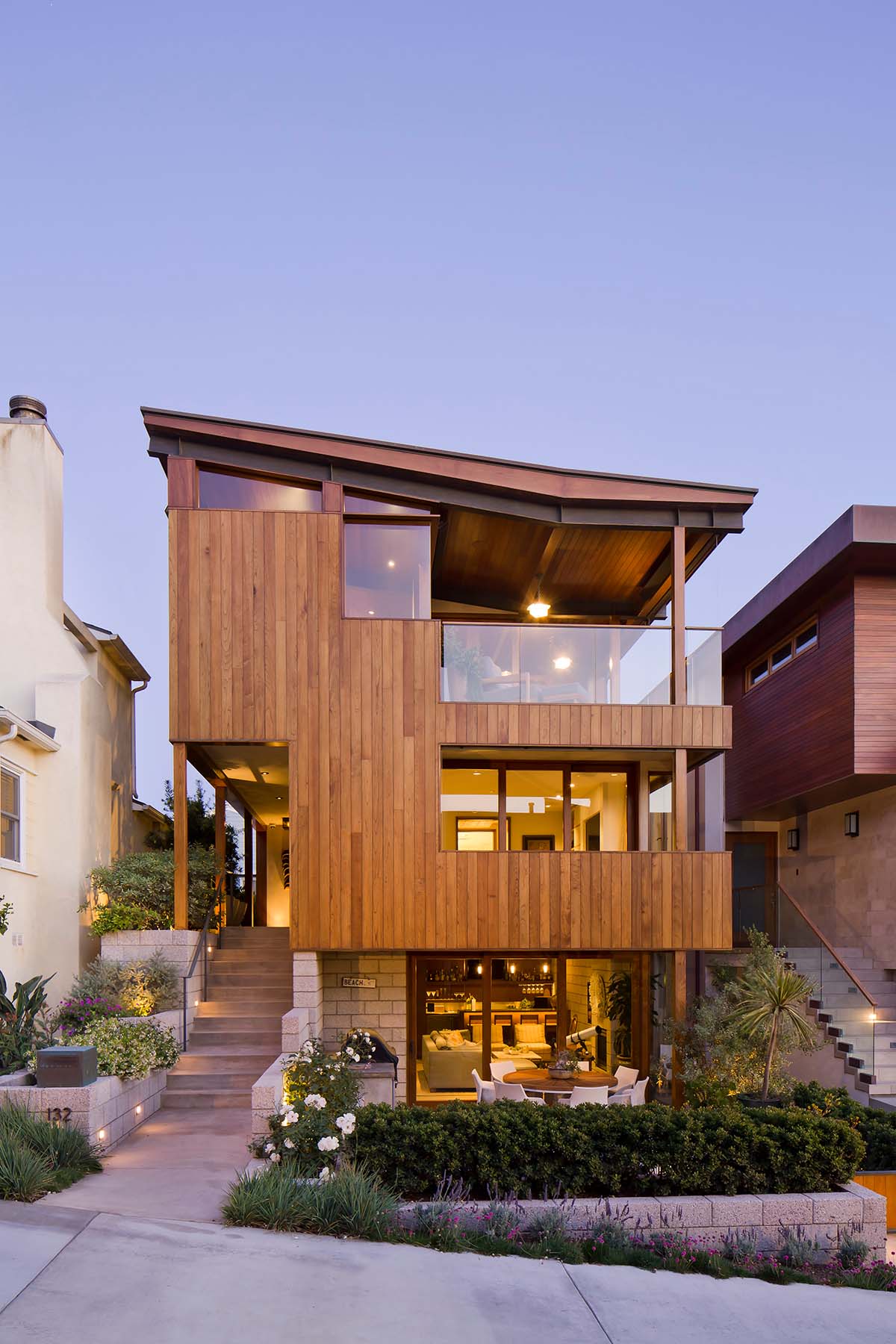Hiring a professional photographer may seem like a luxury, but finding the right one can mark a turning point for your career.
About a decade ago, the Los Angeles–based KAA Design Group received a piece of pivotal feedback: Their photography was good, but not great. The residential design firm was putting together its first book when an editor went so far as to suggest they reshoot the majority of their projects before publication.
“She said that 99 percent of people who see this work that you [labored over] for years only see it through the lens of a photographer, [rather than] in person. That’s why it’s worth investing top dollar in your photography,” says founding partner Grant Kirkpatrick. “It changed my mindset, and I’ve never forgotten it.”

BOH subscribers and BOH Insiders.










































